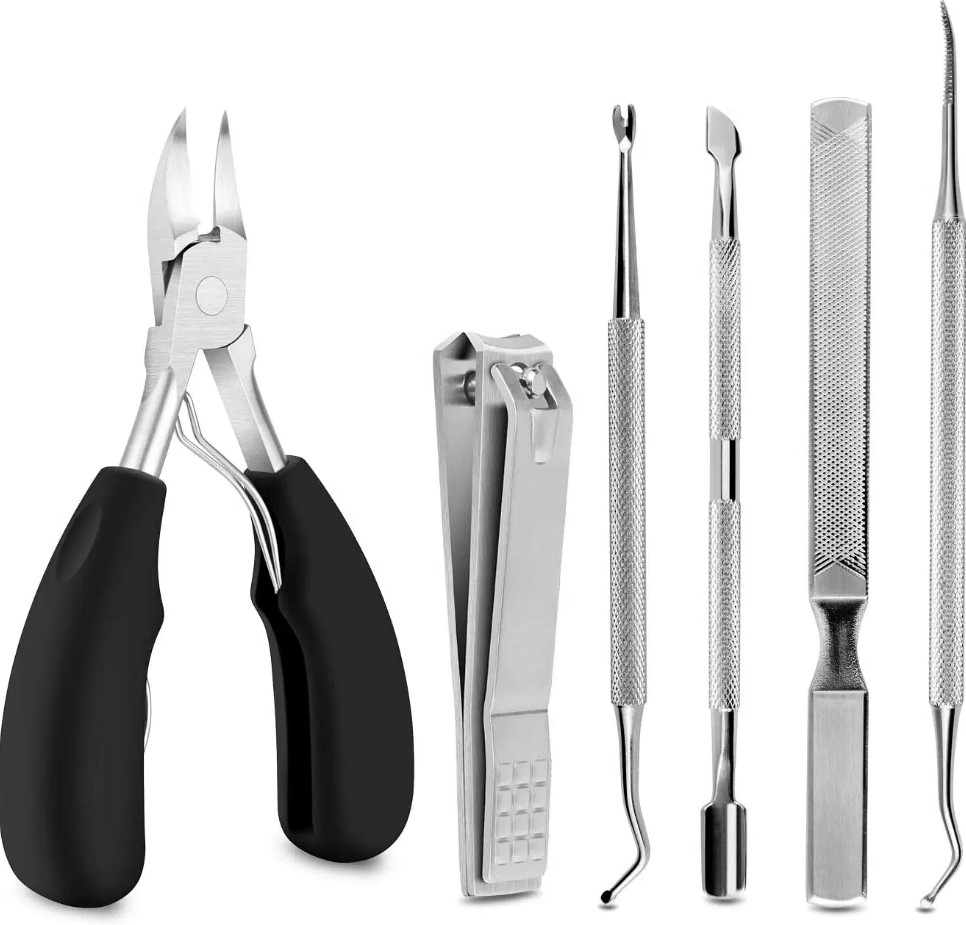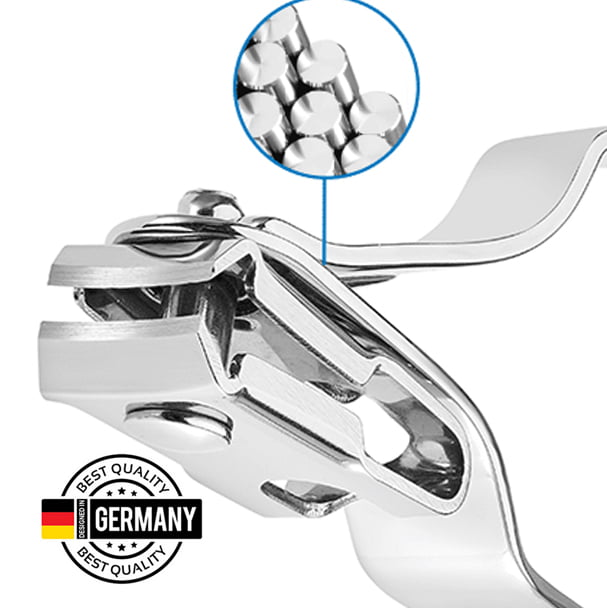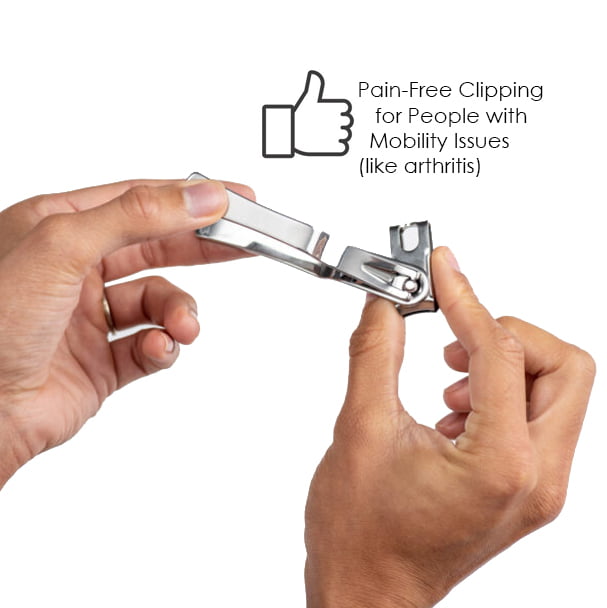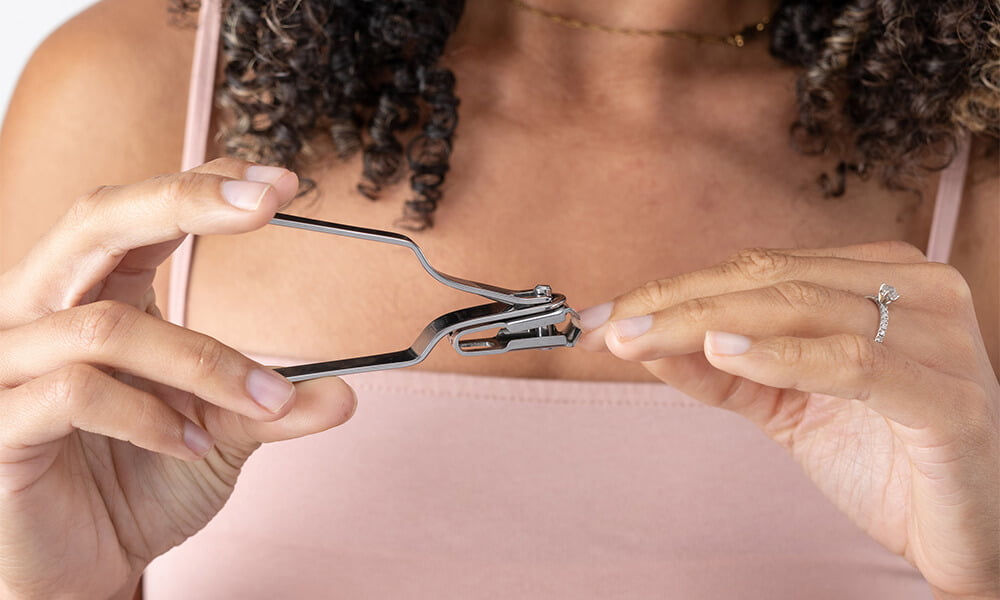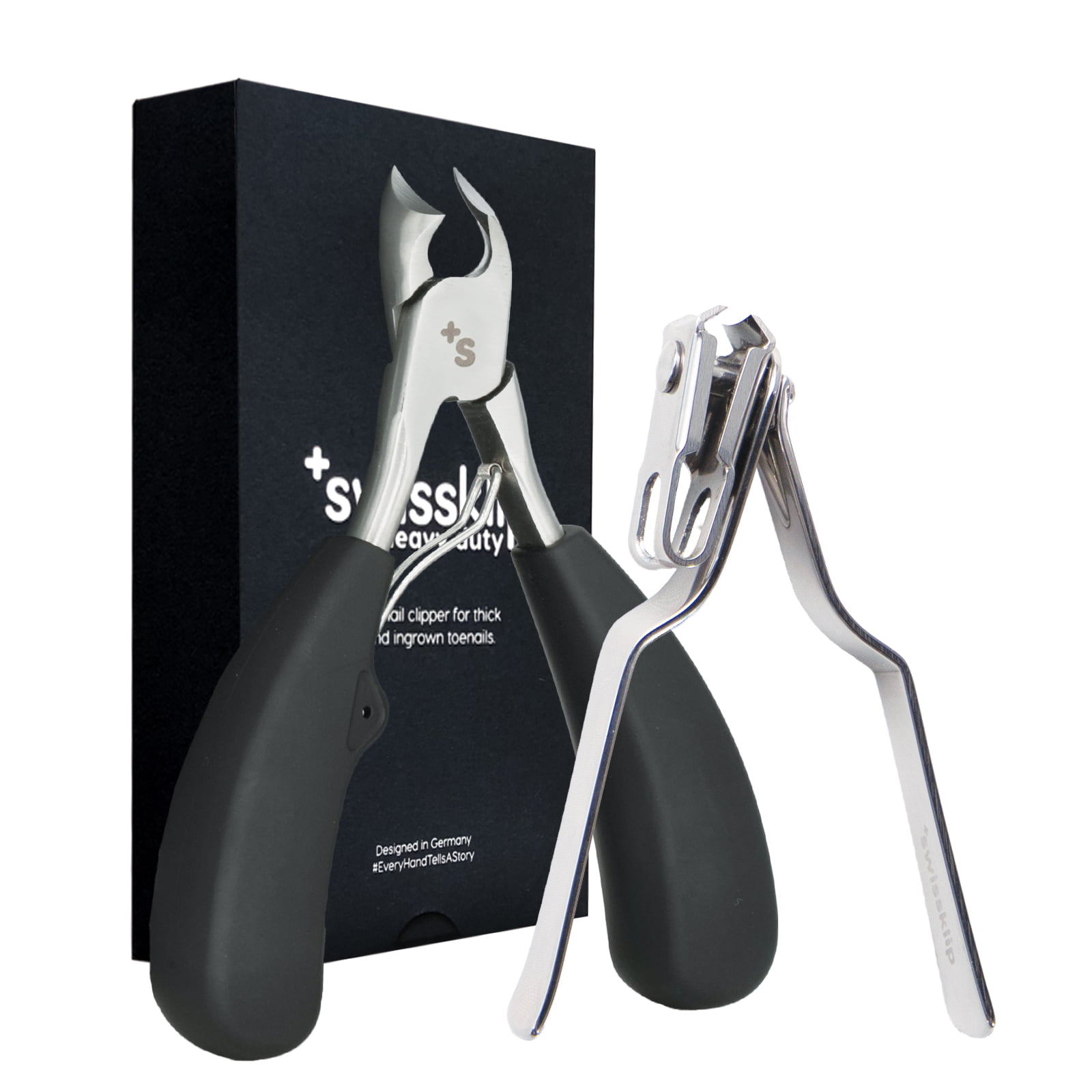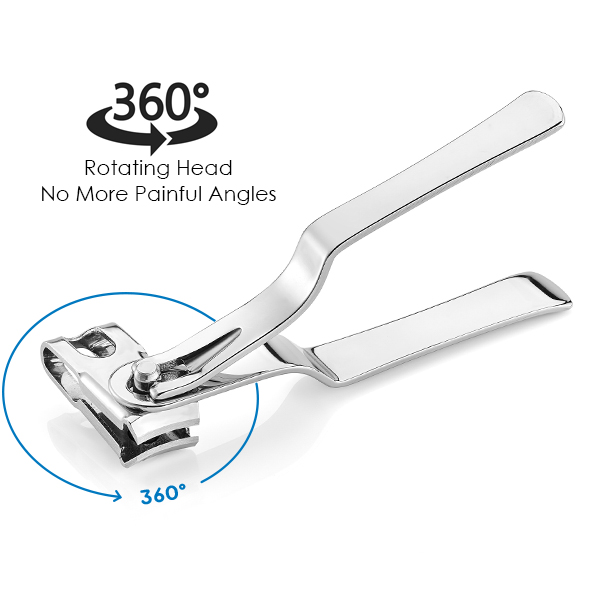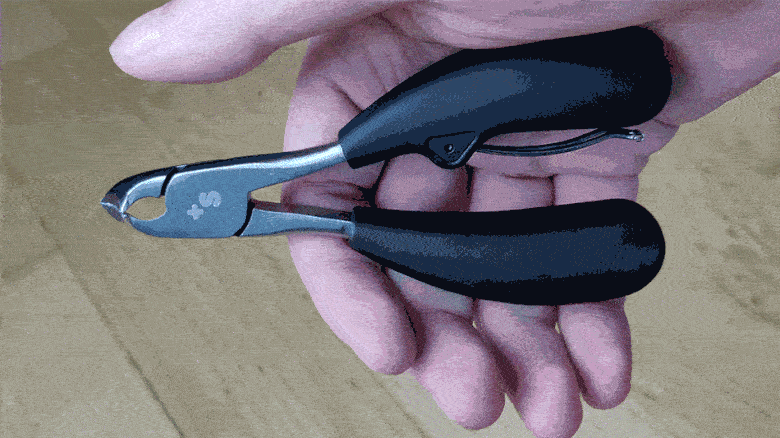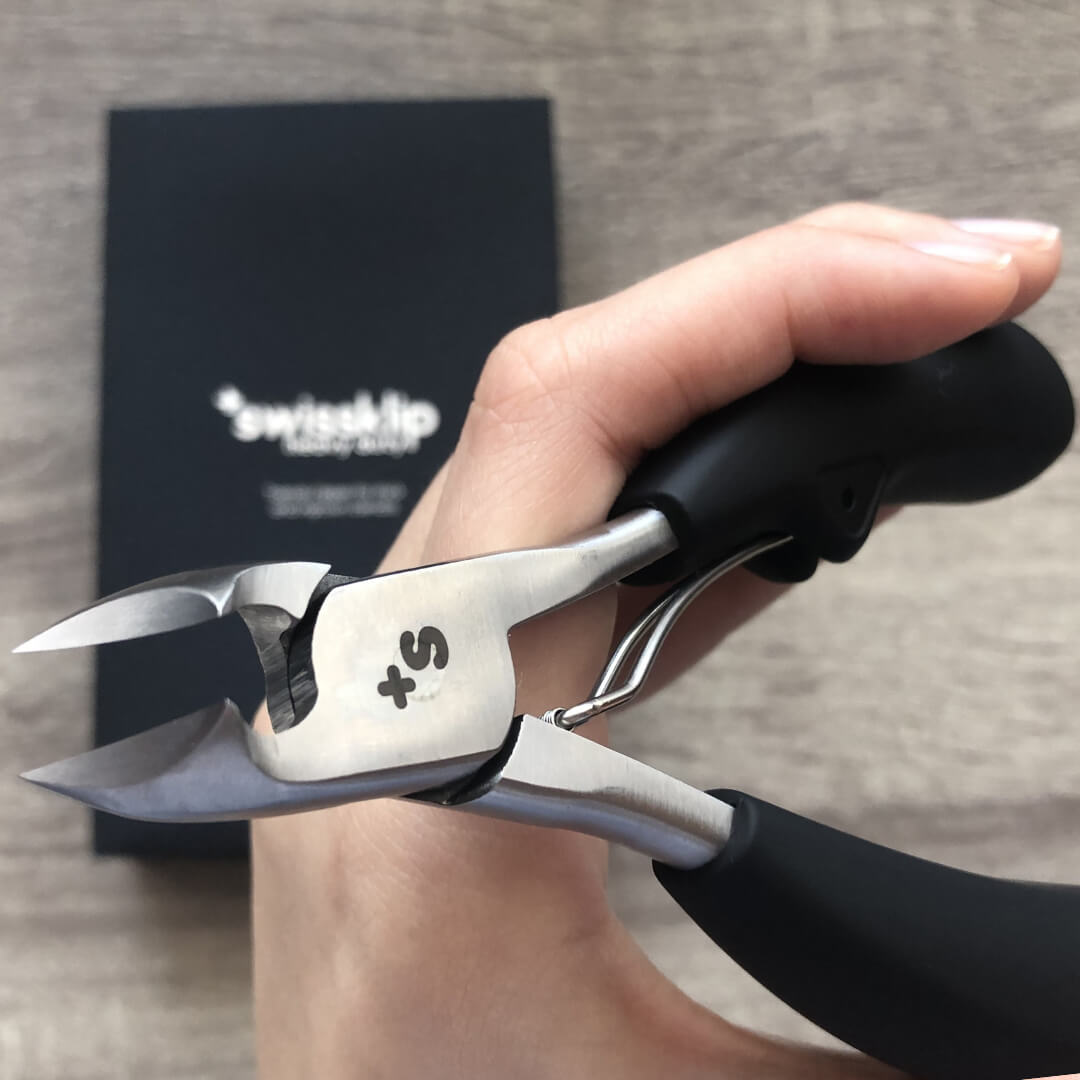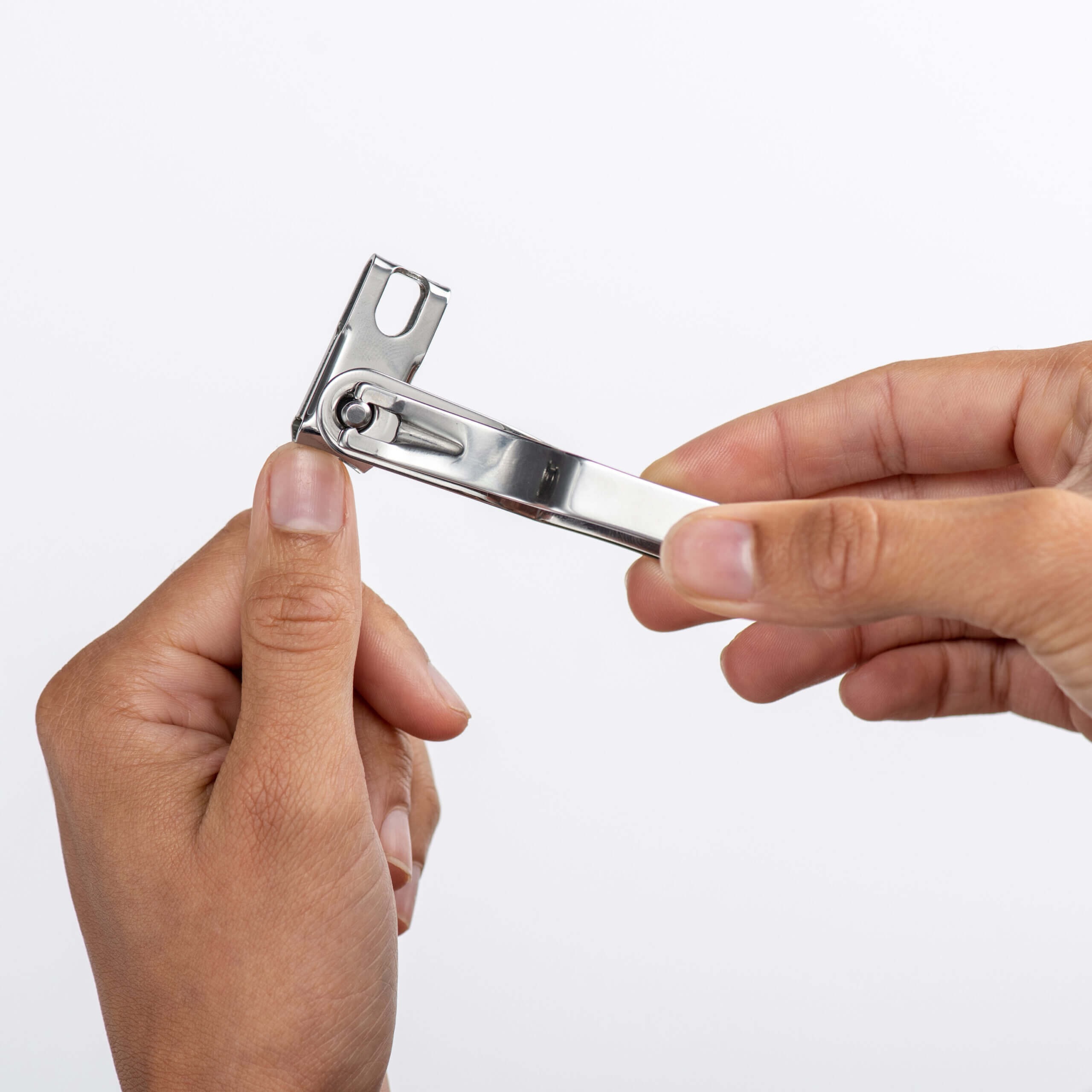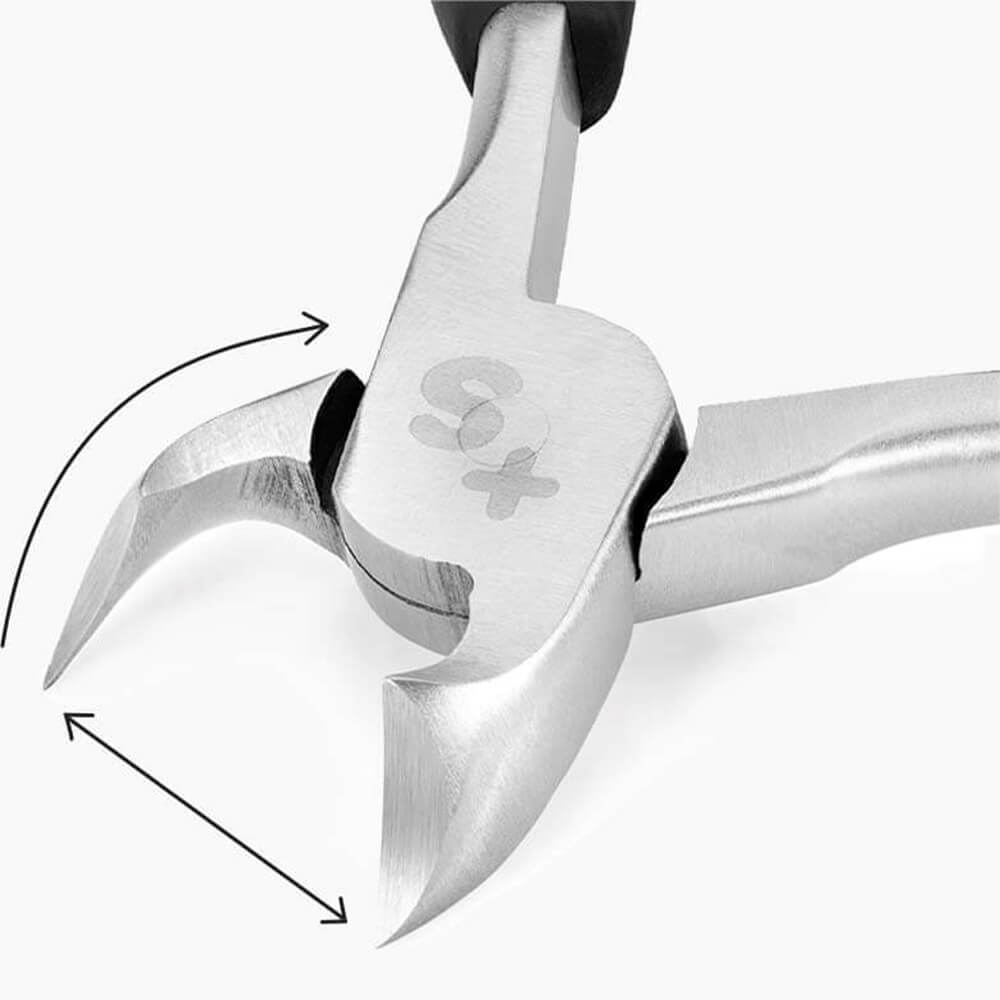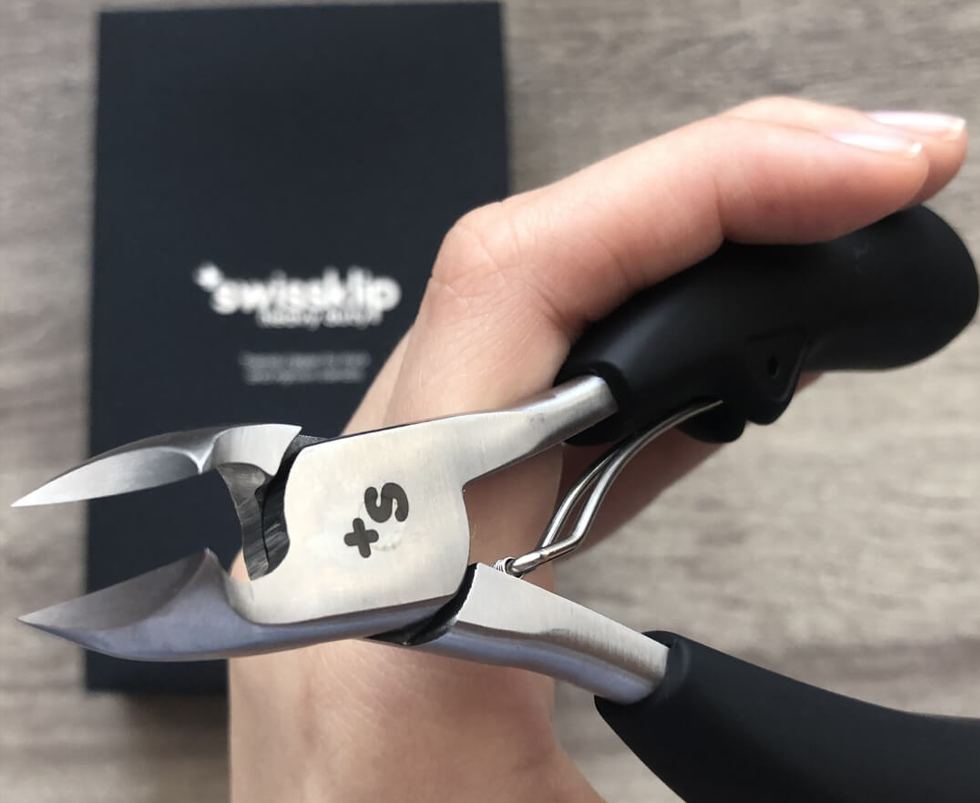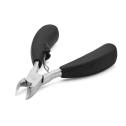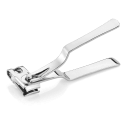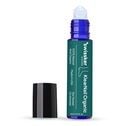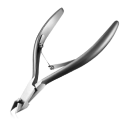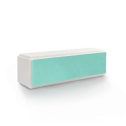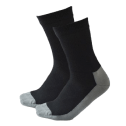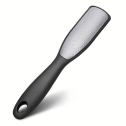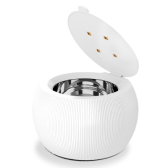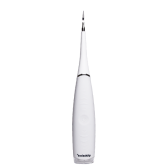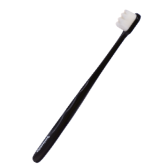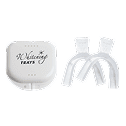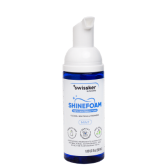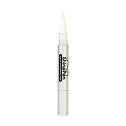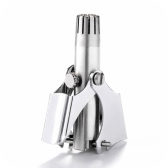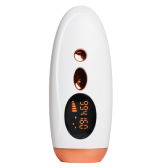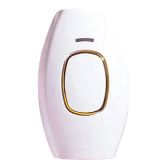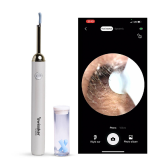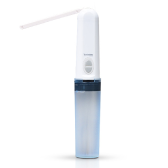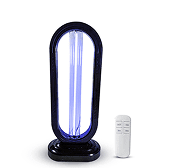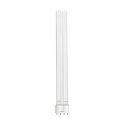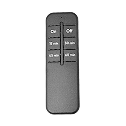Have you ever wondered about the differences between fingernail clippers vs toenail clippers? The two are quite different tools, as you will know if you have ever set them side by side, but they have a lot in common.
We’ve gathered this and many other information here in this website, you can read more about foot care.
Toenail clippers are generally wider, larger, and thicker, with more leverage that allows them to cut through thicker nails. They are shaped differently and are designed to have more power. Some people find that these are more comfortable for cutting their fingernails, but they can be clumsy to use.
In this article, we’re going to look at toenail clippers vs fingernail clippers and find out what the differences between them are. This will help you to figure out which would be best for you to use, and how these tools work.
What Are The Differences Between Toenail Clippers vs Fingernail Clippers?
Fingernail clippers and toenail clippers may look similar, but they are designed for different purposes, check this toenail clippers guide to know more. The differences between these two types of clippers are important to understand in order to maintain healthy nails and prevent injury.
There are quite a few differences between fingernail clippers vs toenail clippers, although they do serve the same basic function of shortening your nails.
Toenail clippers and fingernail clippers are both tools used for trimming and shaping the nails, but there are 5 Key Differences between the two.
1. Nail Clipper Materials.
Toenail clippers and fingernail clippers are made of different materials to suit the specific needs of the nails being trimmed and the user.
Nail Clipper Material Strength and Durability.
One of the main differences in the materials used for toenail clippers and fingernail clippers is the strength and durability of the material.
Toenail clippers often have a stronger and more durable material, such as Swissklip Heavy Duty Toenail Clippers made with Surgical-Grade Stainless Steel , to withstand the pressure and force required to cut through thicker and tougher nails.
The stronger material also helps to prevent the clipper from bending or breaking during use.
Fingernail clippers, on most of the cases have a softer and more lightweight material, such as plastic or aluminum.
Swissklip 360 Nail Clipper is made of High-Quality Surgical-Grade Stainless Steel, they are designed for more precise cutting and shaping of the nails. Its material allows for more precise cutting and shaping of the nails.
Another difference in the materials used for toenail clippers and fingernail clippers is the corrosion resistance of the material.
Toenail clippers, which are used more frequently and subjected to more wear and tear, often have a corrosion-resistant material, such as stainless steel or coated plastic, to prevent rust and ensure a long lifespan, just like our nail clippers.
Fingernail clippers, may not require as much corrosion resistance. That’s why most regular fingernail clippers are made of a less expensive and less corrosion-resistant material, such as plastic or aluminum.
However, Swissklip 360 nail clipper (read more here) is made of surgical-grade stainless steel, to avoid corrosion, which makes it a different fingernail clipper.
The materials used for toenail clippers and fingernail clippers are chosen to suit the specific needs of the nails being trimmed and the user.
Swissklip nail care products are made of stronger and more durable materials to withstand the pressure and force required to cut through thicker and tougher nails, while regular fingernail clippers are made of softer and more lightweight materials for more precise cutting and shaping of the nails.
2. Nail Clippers Size
One of the main differences is the size of the clipper. Toenail clippers are generally larger than fingernail clippers for a few reasons:
Cut through Thinner Nails.
Fingernail clippers are generally smaller than toenail clippers for a few reasons. The first and most obvious reason is that fingernails are generally thinner and softer than toenails.
Fingernails do not have to withstand the same level of pressure and friction as toenails, so they are naturally thinner and softer. As a result, fingernail clippers do not need to be as large or as strong as toenail clippers in order to be able to cut through the nails.
Swissklip 360 Fingernail Clipper has an additional benefit to help you cut through your nails easier, which is its 360-degree rotating head design.
Get Yours Here with a Great Discount for Only $28.99
Cut through Thicker Nails.
Toenail clippers are generally larger and heavier than fingernail clippers, as they are designed to cut through thicker and tougher nails. The larger size and weight of toenail clippers provide more leverage and make it easier to cut through thicker nails, especially if you are toenail cutting for seniors.
The first and most obvious reason is that toenails are generally thicker and tougher than fingernails. Toenails need to be able to withstand the constant pressure and friction of walking and wearing shoes, so they are naturally thicker and stronger. As a result, toenail clippers need to be larger and stronger in order to be able to cut through the thicker nails.
Precise Cutting.
Another reason for the smaller size of fingernail clippers is that they are designed for more precise cutting and shaping.
Fingernails can be trimmed and shaped in a variety of ways, depending on personal preference, and the smaller size of fingernail clippers allows for more precision when trimming and shaping the nails.
More Leverage.
Another reason that toenail clippers are generally larger is because they need to provide more leverage. Toenails are typically harder to cut than fingernails, and the larger size of toenail clippers allows for a better grip and more leverage when cutting.
That’s why Swissklip Heavy Duty comes with Big Non-Slip Ergonomically Designed Handles for Maximum Grip and Comfortability.
Get Yours Here at a Great Discount for only $34.99
This makes it easier to get a clean, precise cut without putting too much strain on the hands.
More Comfortable.
Toenail clippers are generally larger than fingernail clippers in order to be more comfortable to use. One of the main reasons that toenail clippers need to be larger is because toenails are often harder to reach and see than fingernails.
The larger size of toenail clippers allows for a more comfortable grip when trimming the nails, especially for people with limited dexterity or vision.
It also offers a more stable base for people with hand tremors or other conditions that affect hand stability. So, it is very important to use a larger toenail clipper to get a comfortable and safe nail cutting experience.
More Stability.
Additionally, the larger size of toenail clippers also provides a more stable base for the clipper, which can be especially helpful for people with tremors or other conditions that affect hand stability.
The added weight and size of the toenail clipper can help to stabilize the hand and reduce the risk of accidental cuts.
Easy to Carry.
The smaller size of fingernail clippers also makes them more convenient and easier to carry. Fingernail clippers are often carried in pockets or purses, and the smaller size makes them more portable and easier to store.
3. Nail Clipper Shape
Another difference is the shape of the clipper. Toenail clippers often have a slightly curved cutting edge, while fingernail clippers have a straight edge. This difference in the shape of the clipper is designed to better suit the specific needs of the nails being trimmed.
The curved edge of Swissklip Heavy Duty Toenail Clippers – Get Yours Here – is designed to follow the natural curve of the toenail and prevent ingrown nails.
Get Yours Here at a Great Discount for only $34.99
Fingernail clippers, on the other hand, are designed to cut straight across the nail.
One of the main reasons for the curved edge on toenail clippers is to prevent ingrown nails. Ingrown nails occur when the nail grows into the skin, causing pain, inflammation, and sometimes infection.
Toenails are more prone to becoming ingrown because they are under constant pressure and friction from walking and wearing shoes. The curved edge of toenail clippers is designed to follow the natural curve of the toenail and prevent the nail from growing into the skin.
On the other hand, fingernail clippers have a straight edge because they are designed to cut straight across the nail. Fingernails are generally softer and easier to cut than toenails, so a straight edge is sufficient for cutting and shaping the nails.
In addition to these physical differences, toenail clippers and fingernail clippers are also used differently. Toenails should be cut straight across and not too close to the skin to prevent ingrown nails. Fingernails, on the other hand, can be shaped and trimmed in a variety of ways, depending on personal preference.
Overall, toenail clippers and fingernail clippers are both useful tools for maintaining healthy nails, but they are designed for different purposes and should be used accordingly.
4. Nail Clipper Blades
Toenail clippers and fingernail clippers have different blades designed to suit the specific needs of the nails being trimmed.
Thickness of the Blade.
One of the main differences between the blades of toenail clippers and fingernail clippers is the thickness and strength of the blade.
Swissklip Heavy Duty Toenail Clippers have thicker and stronger blades to be able to cut through thicker and tougher nails.
The thicker blade provides more leverage and makes it easier to cut through the thick nails without bending or breaking the blade.
Fingernail clippers, on the other hand, have thinner and softer blades because they are designed to cut through thinner and softer nails.
Sharpness of the Blade.
Another difference between the blades of toenail clippers and fingernail clippers is the sharpness of the blade.
Toenail clippers often have sharp blades because they are cutting through thicker and tougher nails. The sharp blade helps to prevent accidental cuts and tears in the nail.
Fingernail clippers have thinner and sharper blades for precise cutting and shaping of the nails.
The blades of toenail clippers and fingernail clippers are designed to suit the specific needs of the nails being trimmed.
5. Nail Clippers Handle
Toenail clippers and fingernail clippers have different handles designed to suit the specific needs of the user and the nails being trimmed.
Handle Shape.
One of the main differences in the handle of toenail clippers and fingernail clippers is the shape. Toenail clippers often have a larger and wider handle to provide a better grip and more leverage when cutting through thicker and tougher nails.
The larger handle also makes it easier to hold and control the clipper, especially for people with limited dexterity or vision. Fingernail clippers, on the other hand, have a smaller and narrower handle because they are designed for more precise cutting and shaping of the nails.
The smaller handle allows for more control and precision when trimming the nails.
Handle Length.
Another difference in the handle of toenail clippers and fingernail clippers is the length.
Toenail clippers often have a longer handle to provide more leverage and make it easier to reach the toenails, especially for people with mobility issues.
The longer handle also allows for a more comfortable grip when cutting the nails.
Fingernail clippers, on the other hand, have a shorter handle because they are designed for more precise cutting and shaping of the nails. The shorter handle allows for better control and precision when trimming the nails.
Handle Material.
Finally, the material of the handle can also vary between toenail clippers and fingernail clippers.
Toenail clippers often have a sturdier and more durable handle, such as stainless steel or plastic, to withstand the pressure and force required to cut through thicker and tougher nails.
Fingernail clippers, on the other hand, may have a more lightweight and delicate handle, such as plastic or aluminum, to allow for more precise cutting and shaping of the nails.
The handle of toenail clippers and fingernail clippers is designed to suit the specific needs of the user and the nails being trimmed. Toenail clippers have a larger and wider handle for a better grip and more leverage when cutting through thicker and tougher nails, while fingernail clippers have a smaller and narrower handle for more precise cutting and shaping of the nails. The length and material of the handle can also vary between the two types of clippers.
Can you use fingernail clippers to cut your toenails?

A lot of people treat these tools as interchangeable, but you might actually run into issues if you try to use fingernail clippers for your toenails. Fingernail clippers may not be strong enough to get through the thicker nail tissue, and might result in tearing and soreness.
Additionally, because they are generally narrower, you’ll often need multiple cuts from your fingernail clippers to cut a single toenail, and this tends to create a ragged edge. This looks unpleasant, feels uncomfortable, and is far more likely to catch and tear. You should therefore be careful and avoid using them if you can, especially for your big toe.
There are a few more reasons why it can help to have separate tools for both your fingernails and your toenails. One major reason is that if you have a fungal infection in your toenails, you’re less likely to transfer it if you use separate tools.
Which Nail Clippers Should You Choose?

Choosing the right nail clippers can be challenging, but this is a tool you’re going to be using a lot – so it’s well worth taking the time to do some thorough research before you settle on a pair. Ideally, you should have a separate pair for your toes and for your fingers, but that doesn’t make it any easier to choose which ones to buy.
If you’re trying to choose, you might want to check out some of our nail clippers: such as the Swissklip 360 Nail Clipper or the Swissklip Heavy Duty Toenail Clippers. These should help you to better understand both options, and give you a sense of what factors to consider if you’re weighing up other brands.
It’s surprising what a difference having good nail clippers can make, so don’t just grab the first pair you see. Do some careful research and choose a pair for both your toenails and your fingernails. This can reduce the risk of injuries, make the clipping task quicker, and give you beautifully shaped nails.
Can You Use Toenail Clippers For Your Fingernails?

Although we’ve already mentioned that fingernail clippers aren’t ideal for use on your toenails, you might be wondering about using toenail clippers on your fingers. This will work, but it has a few drawbacks that you should consider before you begin. Firstly, there’s the risk of cross-contamination that we mentioned earlier.
However, you should also consider that toenail clippers are much wider and clumsier than fingernail clippers, and they have a shallower curve. This can make it challenging to get a good shape on your nails, and may leave them looking messy and unattractive.
It’s also tricky to cut them close, because of the thicker metal. You will have a lot more leverage, which can make it easier to get through thick nails, but means that the tool is longer and clumsier. This increases the difficulty of cutting your nails neatly.
You certainly can cut your fingernails with toenail clippers if you choose to, but be aware that it can be tricky to get a good finish. If you are going to do this, take the time to sterilize the clippers in boiling water first, even if you don’t think you have any fungal infections – this is a good safety precaution that takes minimal time and effort.
Should You Use Nail Scissors

You can also use nail scissors to cut your fingernails and toenails, and these may be preferable for some people because they put less pressure on the nail. They are thought to reduce the trauma, and can leave you with healthier nails that are a more attractive length and shape.
If you are going to use nail scissors, you need to make sure that they are sharp and that the blades fully close across the nail. Nail scissors can be hard to use with your non-dominant hand.
Final Thoughts: Fingernail Clippers vs Toenail clippers
Fingernail clippers and toenail clippers are two important tools for maintaining healthy nails, but they are designed for different purposes and have some key differences.
Toenail clippers are generally larger and heavier than fingernail clippers, with a slightly curved cutting edge and a wider and longer handle. These features are designed to cut through thicker and tougher toenails and provide a better grip and more leverage when trimming the nails.
Fingernail clippers, on the other hand, are smaller and lighter, with a straight cutting edge and a smaller and narrower handle. These features are designed for more precise cutting and shaping of the nails and provide better control and precision when trimming the nails.
The materials used for toenail clippers and fingernail clippers also vary, with toenail clippers often made of stronger and more durable materials and fingernail clippers made of softer and more lightweight materials.
Overall, toenail clippers and fingernail clippers are both useful tools for maintaining healthy nails, but they are designed for different purposes and should be used accordingly.



